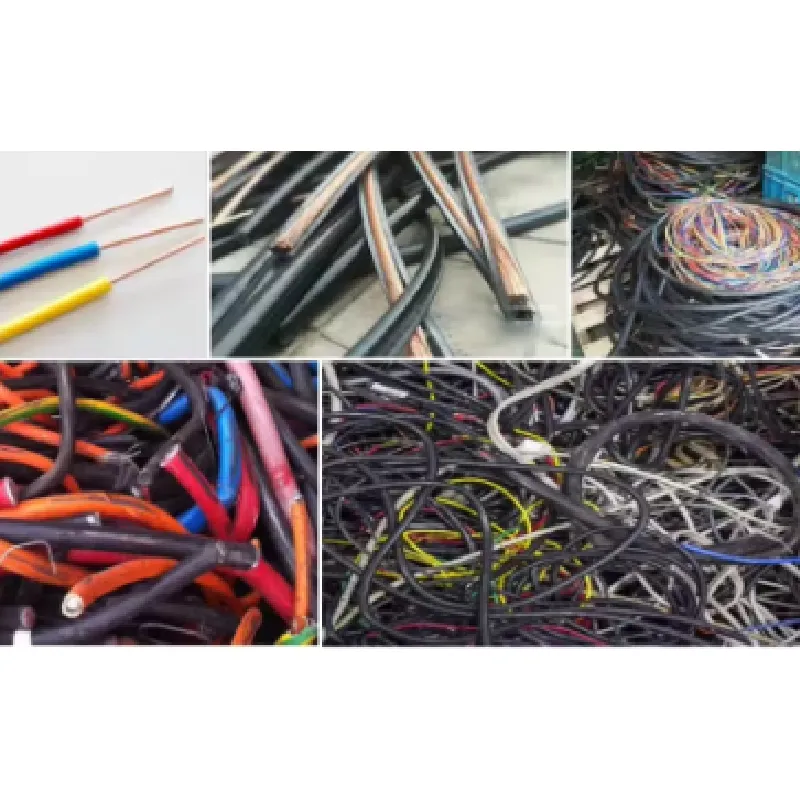

សីហា . 27, 2024 15:27 Back to list
Understanding the Working Principle of Eddy Current Separators
Eddy current separators are widely used in the recycling and waste management industries to effectively separate non-ferrous metals from mixed materials. This advanced technology harnesses the principles of electromagnetism to facilitate efficient classification and recovery of metals such as aluminum, copper, and brass from various waste streams. Understanding how an eddy current separator operates can provide insights into its essential role in promoting resource recovery and reducing environmental impact.
At the core of the eddy current separator's operation is the principle of electromagnetic induction, first discovered by Michael Faraday in the 19th century. When a conductive material, such as aluminum, is exposed to a changing magnetic field, it induces electrical currents—termed eddy currents—within the metal. The direction of these currents is dependent on the motion and orientation of the magnetic field, and they generate their own magnetic fields that oppose the original external magnetic field.
The separator consists of a conveyor belt, a rotating magnetic drum, and a control system that manages the speed and angle of the belt. As mixed materials pass over the conveyor, a rotating magnet positioned beneath the belt creates a rapidly alternating magnetic field. When conductive non-ferrous metals approach the rotor, the eddy current generated in the metal creates a secondary magnetic field, which causes the metallic particles to experience a repulsive force. This repulsion effectively ejects the non-ferrous metals from the rest of the material, directing them into a separate collection area.

The effectiveness of an eddy current separator is influenced by several factors. The speed of the conveyor belt, the size and shape of the non-ferrous metals, and the strength of the magnetic field can all affect the separation efficiency. For example, larger and denser items may generate stronger eddy currents and thus experience greater ejection forces, while small, thin materials might not be sufficiently separated. Consequently, operators often optimize the system's parameters to achieve the best performance for specific waste streams.
One of the significant advantages of eddy current separators is their ability to distinguish between different types of metals, making them invaluable in applications ranging from recycling facilities to electronic waste processing
. Additionally, the process is both efficient and environmentally friendly, as it reduces the need for manual sorting, thereby minimizing human exposure to potentially hazardous materials.Furthermore, the eddy current separator contributes to sustainability by ensuring valuable resources are recovered and reused. By segregating non-ferrous metals from waste, these systems support the recycling industry’s efforts to reclaim and reprocess metals, reducing the demand for virgin materials. This is essential in today's context, where resource conservation and environmental protection are more important than ever.
In conclusion, the working principle of eddy current separators is a remarkable application of physics that simplifies the complex task of metal separation in recycling processes. By employing the concepts of electromagnetic induction to identify and separate conductive materials, these separators play a critical role in enhancing recycling efficiency, promoting sustainability, and supporting the circular economy. Understanding how they work not only highlights their technological significance but also underscores their vital contribution to environmental conservation.
Latest news
Troubleshooting Common Eddy Separator Problems
NewsJul.04,2025
The Role of Metal Recycling Plants in Circular Economy
NewsJul.04,2025
The Impact of Recycling Line Pickers on Waste Management Costs
NewsJul.04,2025
Safety Features Every Metal Shredder Should Have
NewsJul.04,2025
How Industrial Shredders Improve Waste Management Systems
NewsJul.04,2025
How Cable Granulators Contribute to Sustainable Recycling
NewsJul.04,2025